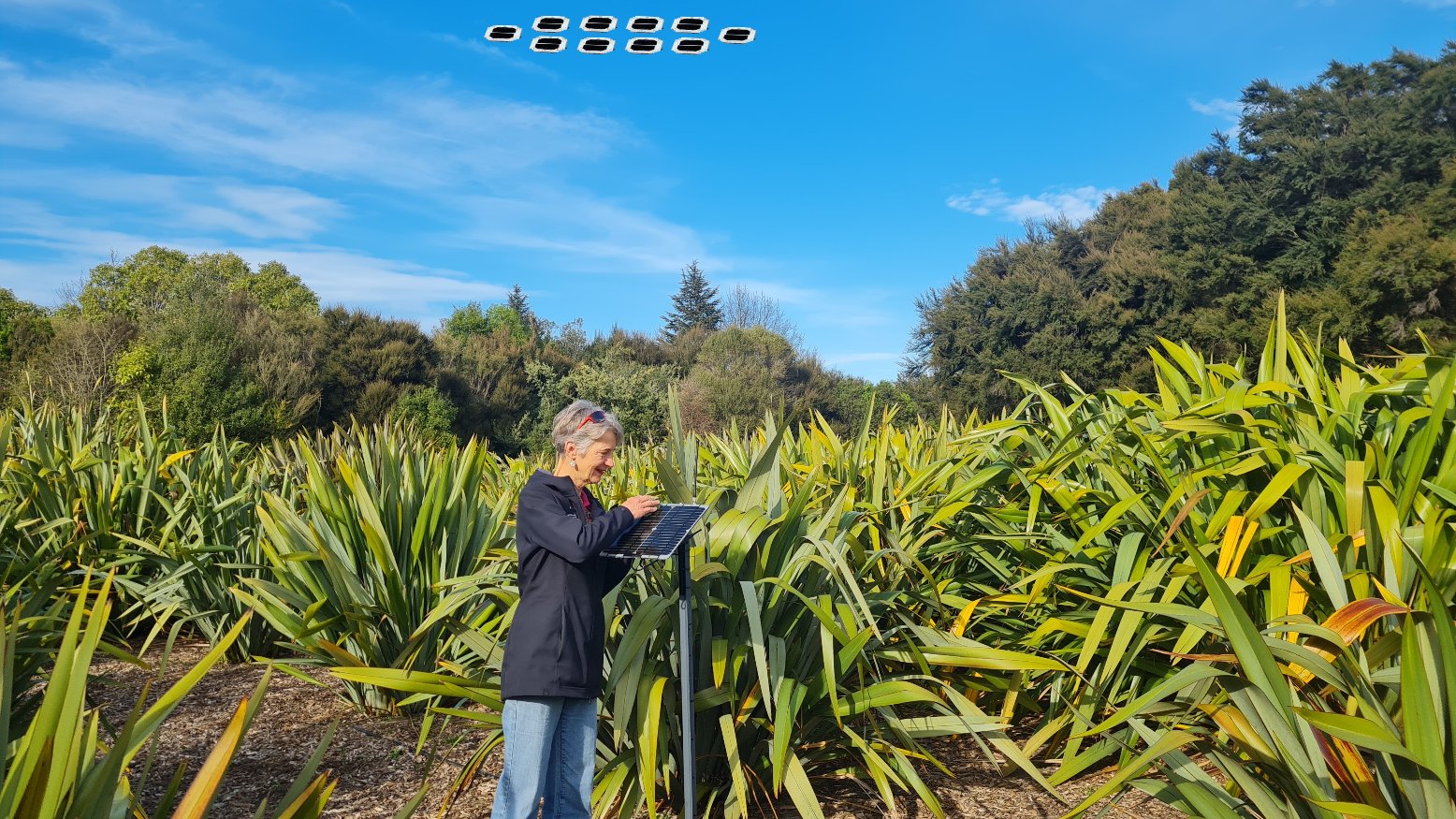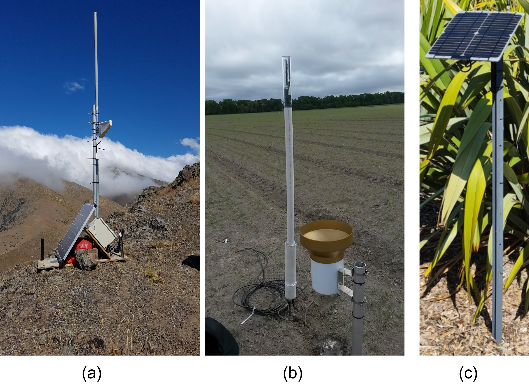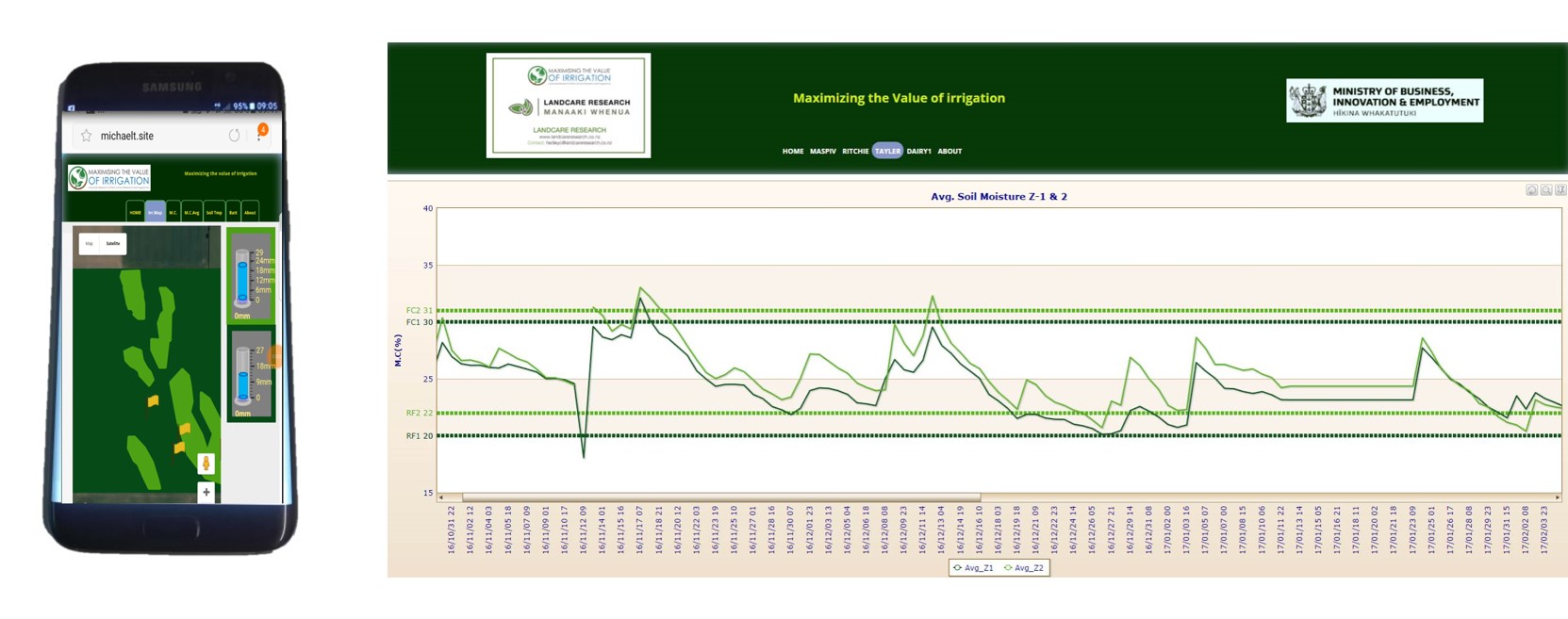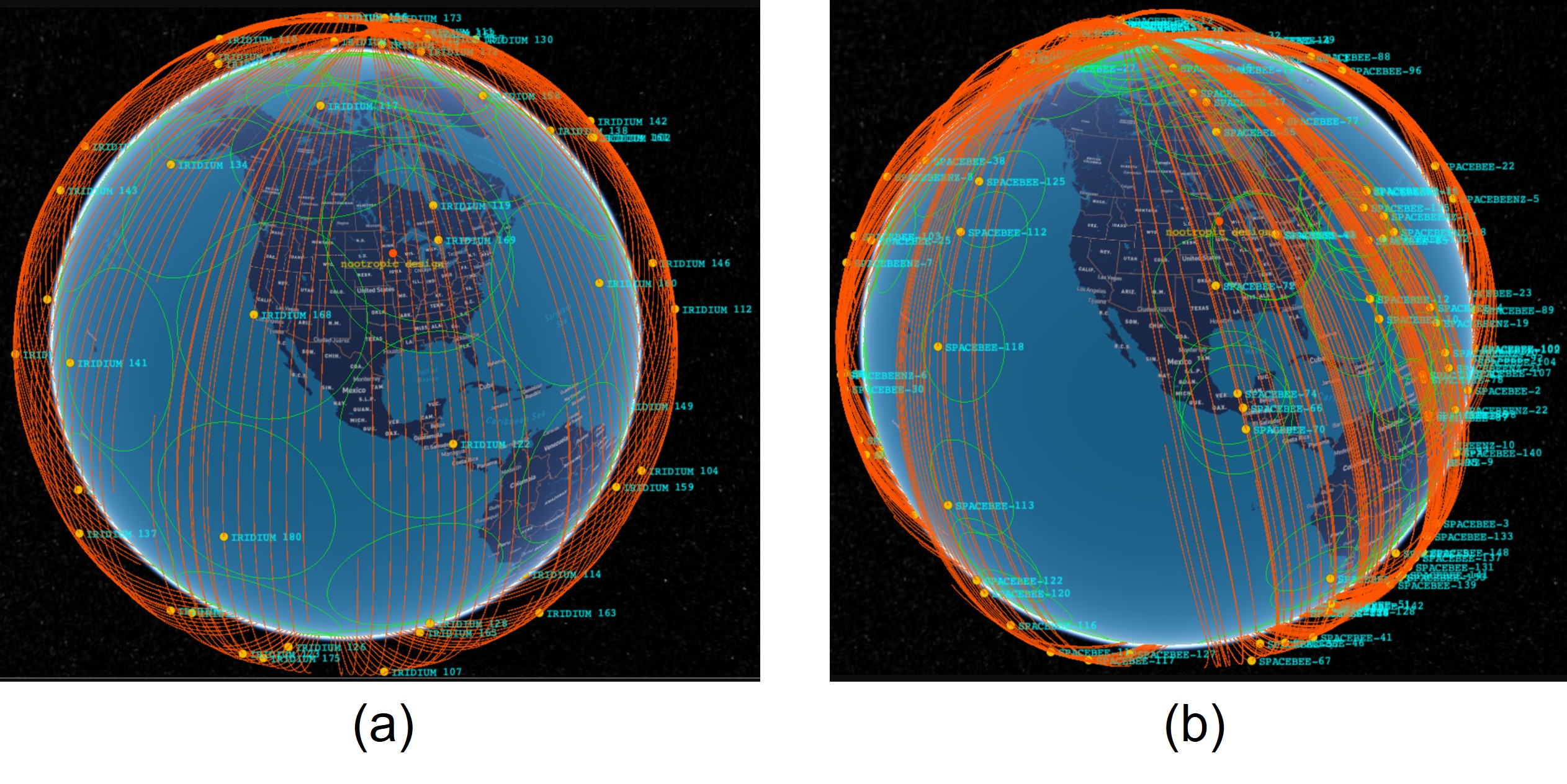Developing Smarter Tools for Maximizing the Value of Irrigation

Developing Smarter Tools for Maximizing the Value of Irrigation

Our research on smarter wireless sensor networks to monitor soil moisture

Manaaki Whenua – Landcare Research (MWLR) is custodian of Te Kohinga Harakeke o Aotearoa, comprising three Phormium (flax) collections: the Māori Weaving Collection, the Provenance Collection, and the Plant Variety Rights Reference Collection. They are managed by Katarina Tawiri. These important collections require irrigation during the dry Canterbury summer months, when their transpiration is higher, and so the opportunity to have a near-real-time soil moisture monitoring system for the three Phormium collections is of great significance. The beneficial effects of ideal soil moisture in all three collections will translate into an increased yield of leaves per plant for weavers to harvest, greater length and higher quality of fibre extracted from the leaves, a smaller environmental footprint (through saving water), and the ability to monitor the effect of rainfall and the capability of the different soils to retain water.
The three locations of the Swarm satellite gateways:
1. Māori Weaving Collection:
This is a culturally significant collection used by weavers throughout New Zealand for harvesting leaves and accessing traditionally valued plants.
2. Provenance Collection:
These plants are from wild stands throughout New Zealand and from offshore islands such as Auckland Island, the Chatham Islands, and Manawatāwhi / Three King Islands. This collection is ideal for taxonomic work and DNA research carried out in partnership with iwi/hapū.
3.Plant Variety Rights Reference Collection:
This collection displays the Phormium cultivars used by the horticultural trade over the last 30-plus years. It is a valued resource for national and international plant propagators

The Swarm SpaceBEE and Iridium
satellites. The Swarm satellite (left) is
slightly larger than a packed lunch and weighs around 400 g, compared to the
850 kg, 9.2 m-wide Iridium satellite (right).
Swarm is a satellite network system comprising low-cost
satellites called SpaceBEEs. It was founded by one of the lead system engineers
at NASA’s jet Propulsion Laboratory Dr Sara Spangelo. She had previously been
working with small satellites and autonomous aircraft at the University of
Michigan.[1]
Recently the Swarm company was acquired by Elon Musk, who owns the SpaceX and
Tesla companies. Swarm has regulatory approval for operations in New Zealand, the
US, UK, and Germany, and over international waters.
SpaceBEE satellites operate a network of 150 satellites (as at
October 2022) in low Earth orbit of about 450–600 km, so they need to move
fast (c. 7.5 km/sec) to maintain this low earth orbit, and they can complete a round-Earth
trip in just c. 90 minutes. Swarm is planning to put more satellites into space
in the future to cover the entire globe, 24/7.
A modem is an electronic device that interfaces the data-measuring
electronics and the satellite. The ground data node is equipped with a data-measuring
electronic board such as CircuitPython or Arduino, a compatible microcontroller,
and a Swarm 138 modem. Measured data are queued in the modem for transmitting
to the SpaceBEEs when they are visible to the ground data node.
[1]
https://www.crunchbase.com/person/dr-sara-spangelo

The communication systems tested: (a) a readily available, low-cost
USB cellular 3G and 4G modem; (b) an Iridium RockBlock modem; (c) a Swarm 138
modem.
The Swarm 138 modem is allowed to upload a maximum of 750 data
packets per month. The maximum size of a data packet is 192 bytes. This is more
than enough for remote environmental
data collection for most of the MWLR
remote data logging tasks, including precision irrigation scheduling and pest
management (the Swarm system is very handy for animal trap monitoring
in rural
areas where there are no cellular services available). The size of the data packet is sufficient for
environmental data monitoring for precision agriculture on a commercial scale. It
also allows data download to the modem, which can be used for remote operations
such as irrigation control.
Although the current Swarm satellite system covers the entire Earth,
they are not visible to ground data nodes 24/7 (as of October 2022) because
there are not sufficient satellites. This means there is a data delivery
latency. A swarm of SpaceBEEs passes New Zealand about 8 to 10 times a day, but
the actual communication strength depends on the elevation angle. Swarm
provides a tool, called a ‘Pass checker’ (Figure 7, to provide the times the
satellites pass a given location.[1]
Elon Mask is planning to upload sufficient satellites to cover the entire globe
24/7.
[1]
Swarm Pass Checker.

(a) Cellular gateway (b) Iridium gateway (c) Swarm gateway.
The Pass checker tool enables you to select the most suitable
time to upload the data queued in the modem to the SpaceBEEs. The driving force
of two-way communication between SpaceBEE and Swarm modems on the ground is
Semtech’s LoRa (long range radio) technology.[1] LoRa
has proven its ability to communicate very long distances using low power and
wide area coverage applications. Typical data visualization on web enabled devices (below).
[1]
www.semtech.com

